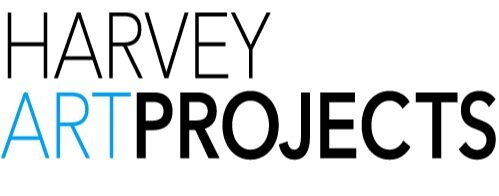DJAMBAWA MARAWILI AM
AUSTRALIAN, YOLNGU, B. 1953
BUKU-LARRNGGAY MULKA CENTER
Djambawa Marawili is an artist who has experienced mainstream success (as the winner of the 1996 Telstra National Aboriginal and Torres Strait Islander Art award Best Bark Painting Prize and as an artist represented in most major Australian institutional collections and several important overseas public and private collections) but for whom the production of art is a small part of a much bigger picture.
His principal roles are as a leader of the Madarrpa clan, a caretaker for the spiritual well-being of his own and other related clan’s and an activist and administrator in the interface between non-Aboriginal people and the Yolngu (Aboriginal) people of North East Arnhem Land.
He is first and foremost a leader, and his art is one of the tools he uses to lead. As a participant in the production of the Barunga Statement (1988),which led to Bob Hawke’s promise of a treaty, the Royal Commission into Black Deaths in Custody and the formation of ATSIC , Djambawa drew on the sacred foundation of his people to represent the power of Yolngu and educate ‘outsiders’ in the justice of his people’s struggle for recognition.
Again in 1997 Djambawa, was one of the elders at Timber Creek who burned the Prime Minister’s “10 -point plan”. In the push for Sea Rights he is the focus of a Northern Land Council video made to explain the concepts of Yolngu ownership of undersea lands called“Terry Djambawa Marawili-My Native Title”. As before he uses his painting to show the sacred designs that embody his right to speak as a part of the land (although this time the land is under sea). He was instrumental in the initiation of the Saltwater exhibition. He co-ordinated the eventual Federal Court Sea claim in 2004.
Away from the spotlight of activism, Djambawa must fulfil several other onerous leadership roles. The principal ones are as a ceremonial leader, as an administrator of several mainstream Yolngu organisations, as the leader of a 200-strong remote homeland community and as a family man with three wives, an aged father and many children and grand children.
Somehow art is integral to each of these roles as well. Obviously the sacred designs figure to some (secret) extent in the countless circumcision, burial, memorial and other ceremony that he is required to assist or lead. As a Director and later Chairperson of the Association of Northern and Kimberley Aboriginal Artists Association 1997-2008) and Chairperson of Buku-Larrnggay Mulka Centre 1994 - 2000 (the art centre servicing north-east Arnhem Land) art is never far away from consideration. In 2004 he was appointed to the Australia Council ATSIA Board. He was granted a two year Fellowship from the Australia Council in 2003.
As a man living at Båniyala, some three hours from Yirrkala (the nearest shop/mains power/fuel etc.) he is immersed in the country that he paints and carves. Everywhere he looks the landscape reveals to his educated eyes the designs within. His role as the voice of Wakuthi, his ancient, blind father, is to protect these knowledges with the tools his father gave him. The art is one of these.
AWARDS
WINNER - 2019 TELSTRA NATSIAA ART AWARD
WINNER - 1996 TELSTRA NATSIAA ART AWARD

